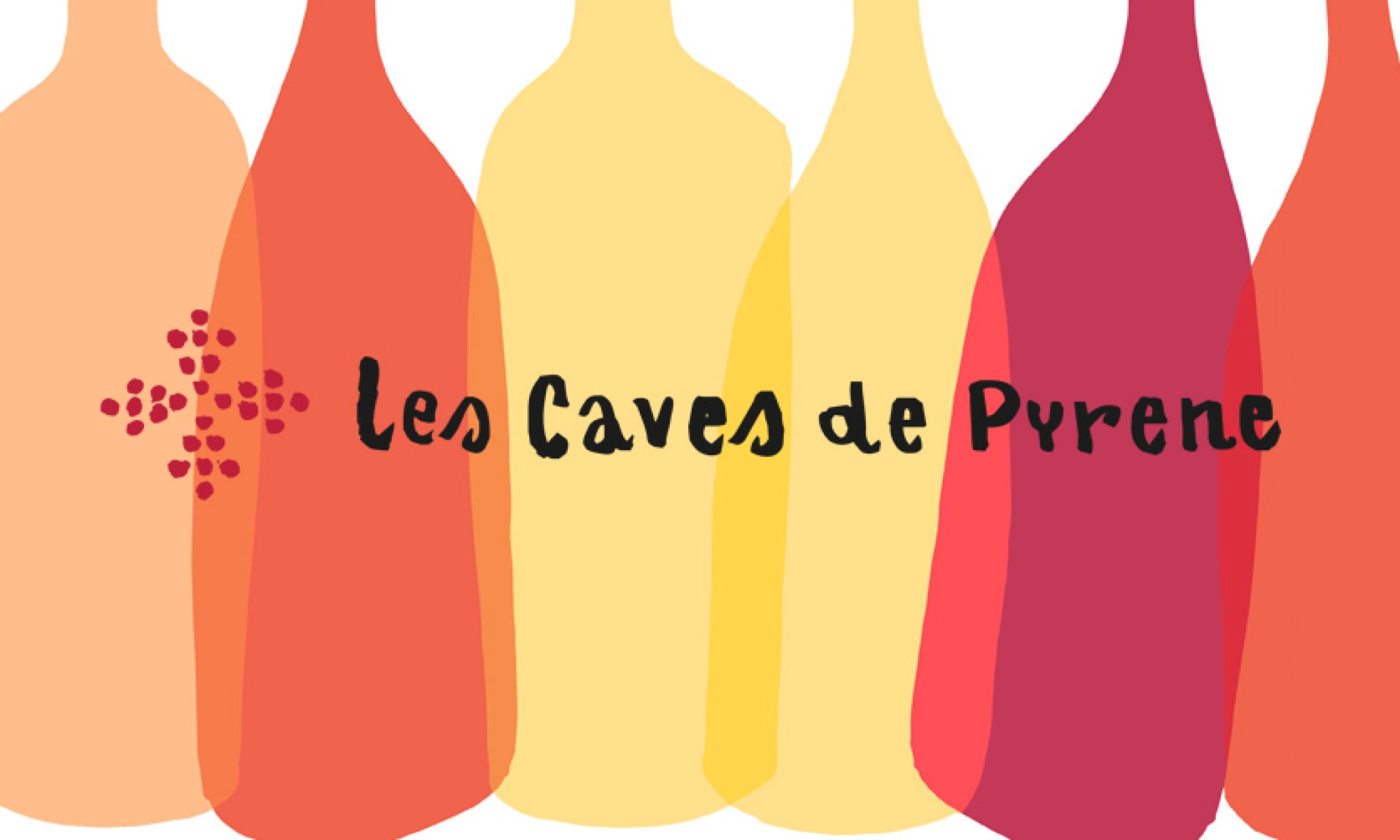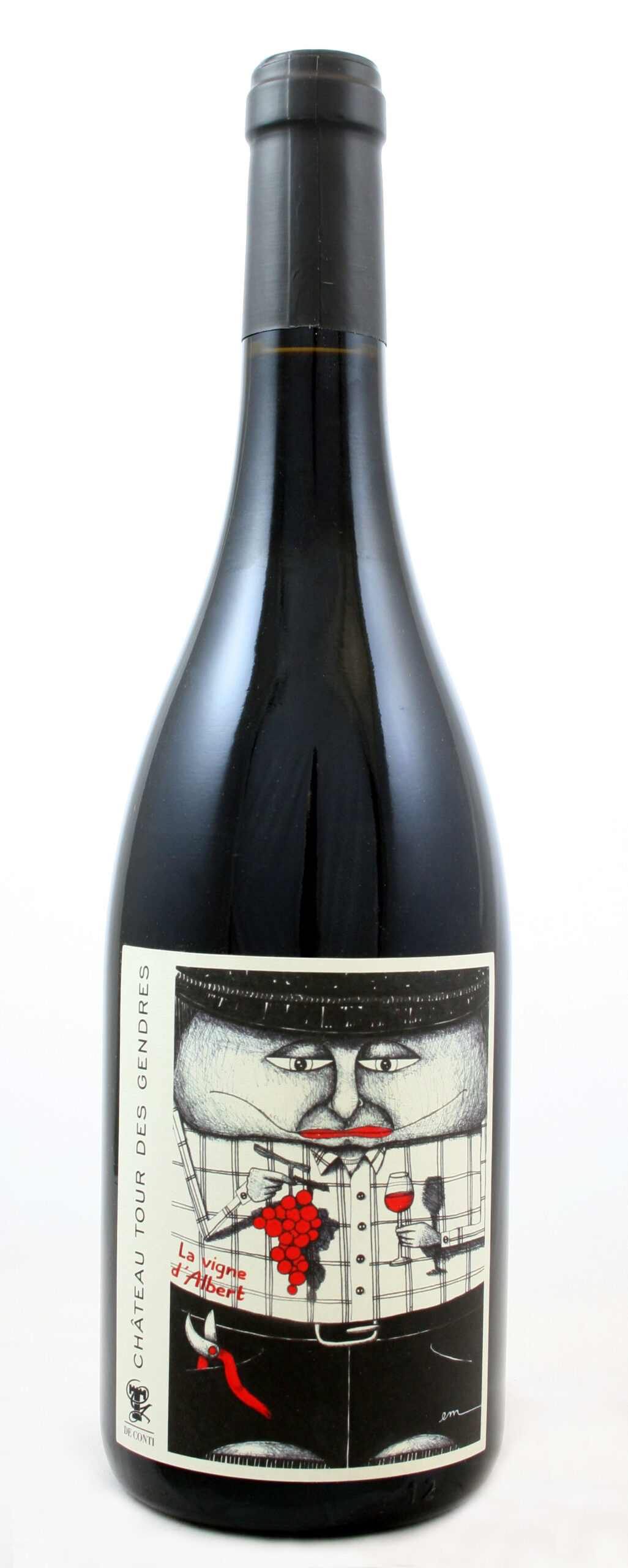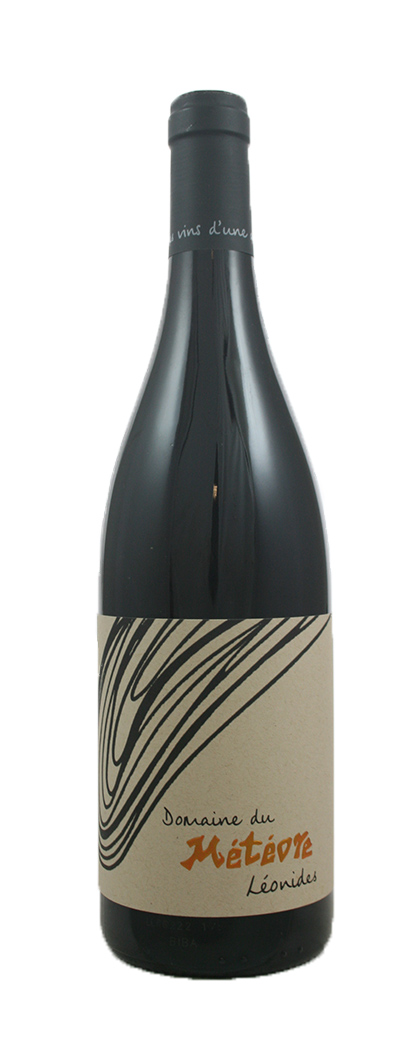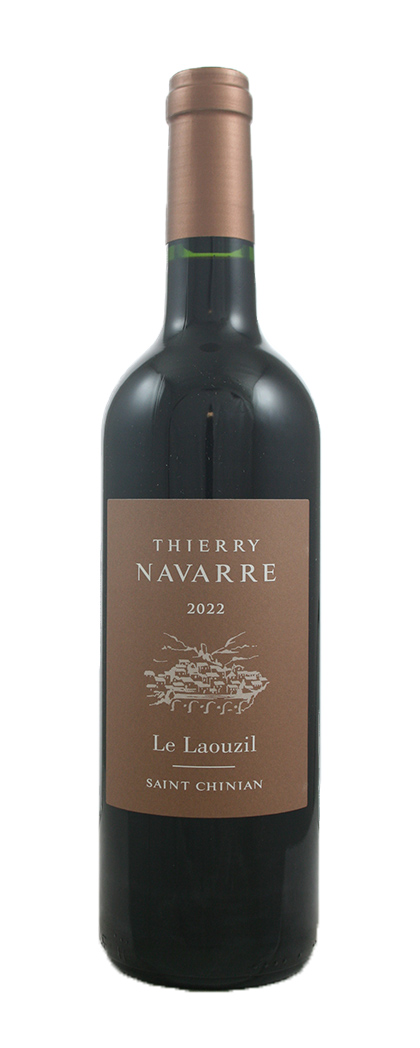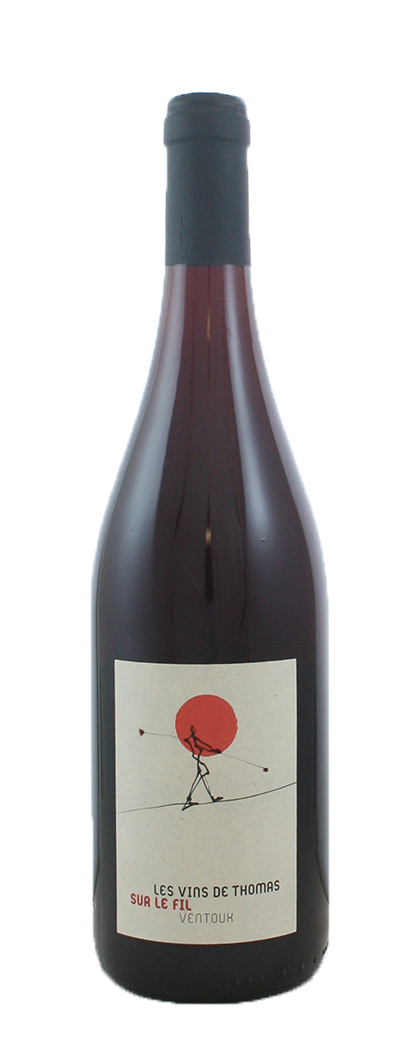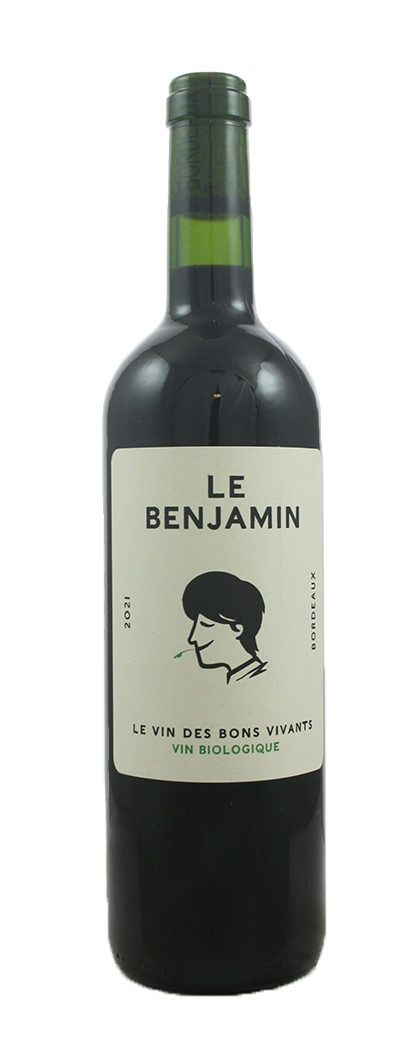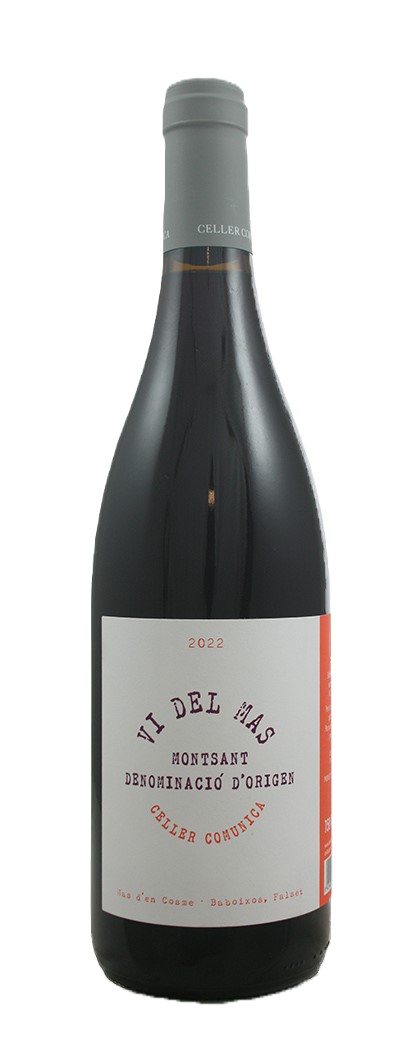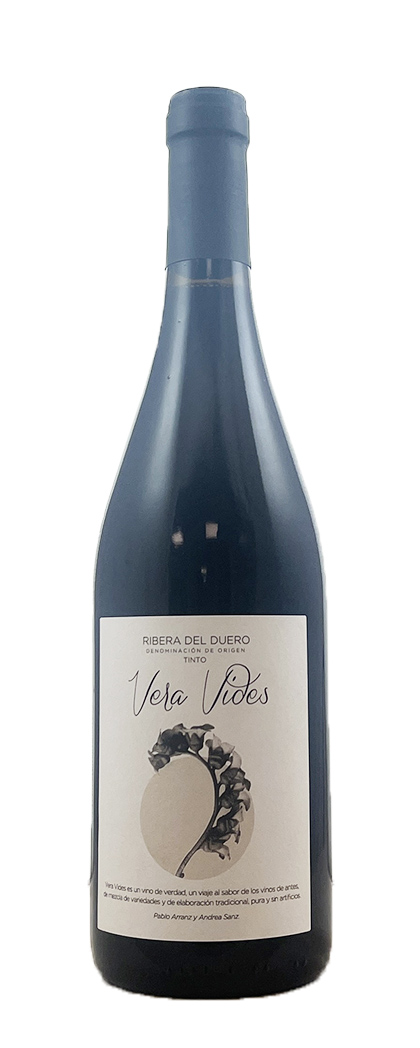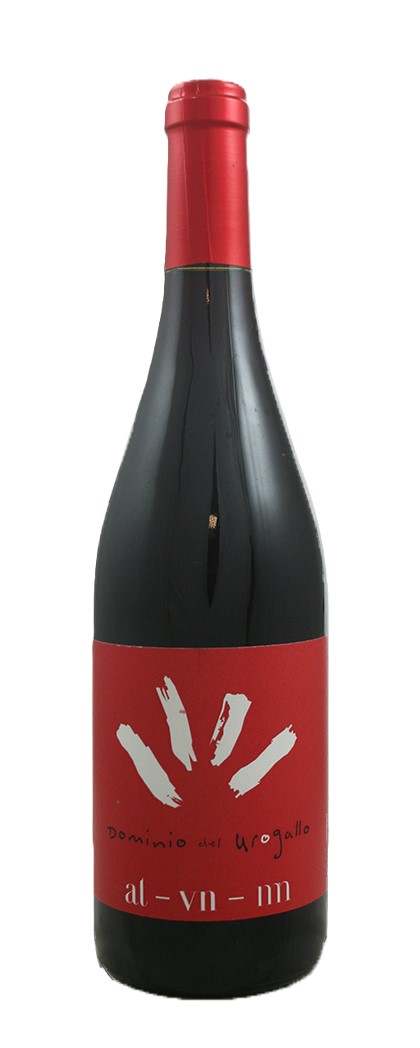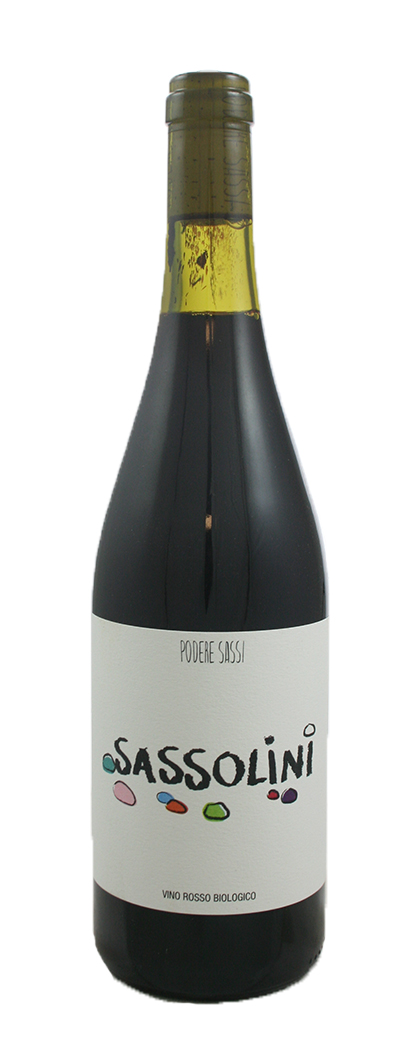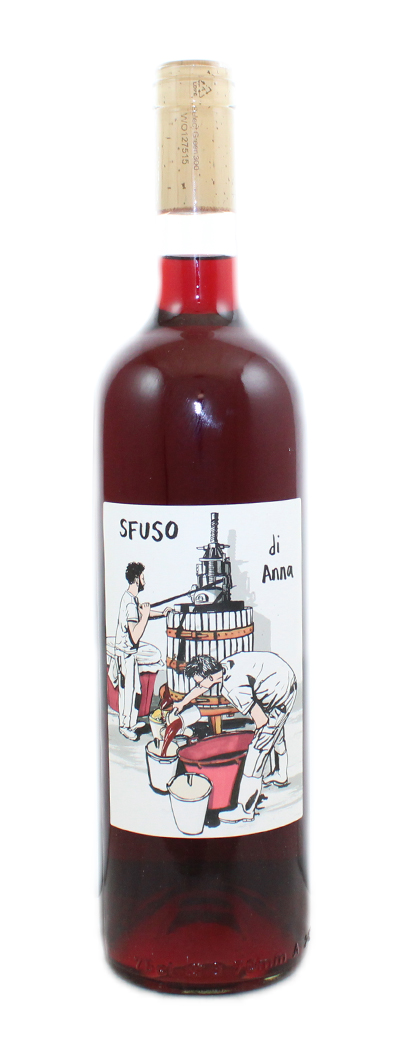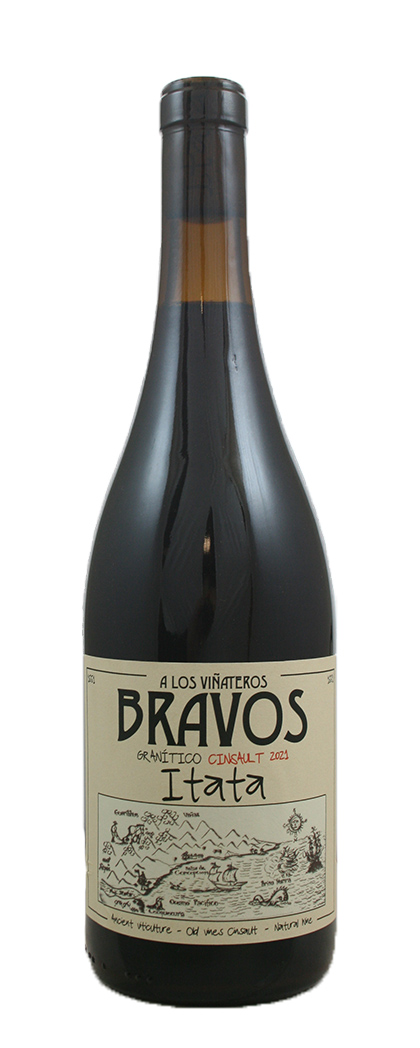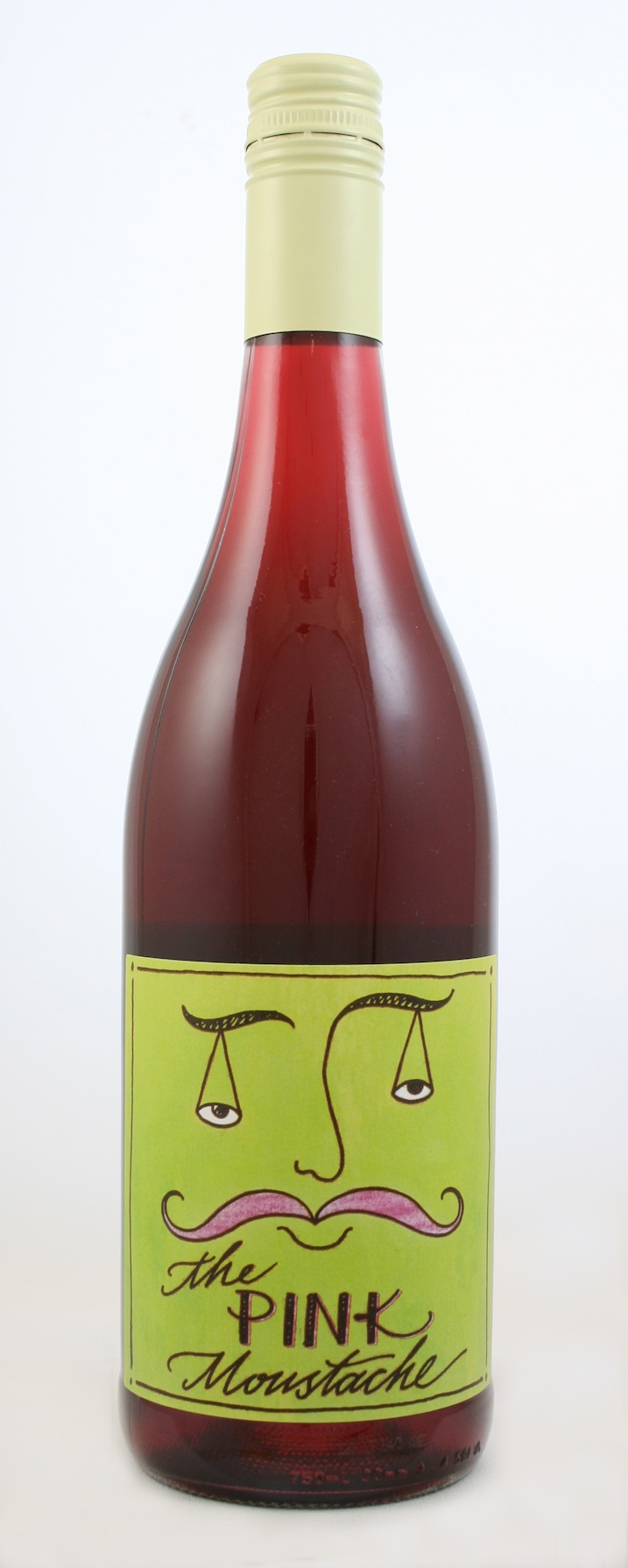What is bang-for-buck wine?
The Bang
…happens when a wine that favourably impacts your senses. It does not have to be obvious or powerful, the proverbial 2 x4 to the cranium, but is a recognition of intrinsic quality of a wine that is good wine in itself, regardless of the price it happens to be.
Your Buck
We live in a world in which we constantly compare one product with another, examine costs, and assess relative value-for-money. Any wine, even expensive ones, may theoretically be worth the bucks that are charged for them. For this purpose, however, I have selected wines that would normally retail at under £25 – or sell at £60 or below on any restaurant wine list with reasonable margins. Another way of looking at it, these wines that we import at a cost between €4-€6.
It is important to note the numerous causes of wine price inflation: taxes (duty, the cost of raising documents); increased transport and dried goods costs (glass in particular); spiralling rises in the cost of storage, delivery and wages. These being artisan rather than mass-produced wines with the focus on the farming and small-batch winemaking, we’ve had to work closely with our producers to ensure that we can maintain competitive selling prices without compromising quality.
Criteria for inclusion in the list below is that the wines must be from organically farmed vineyards, fermented with their own yeasts and contain no additives other than a small/proportionate amount of sulphites. This is the minimum requirement and many of the wines below are also farmed according to biodynamic and regenerative principle and several contain no added sulphites.
Les Caves bang for buck recommendations: reds
2023 Bergerac Rouge La Vigne d’Albert, Albert de Conti
This rustic red is a homage to Albert, the grandfather of the de Conti family, who used to enjoy a glass (a bottle) of a similar field blend when he sat down for dinner. The grapes come from the same Périgord (Mérille), Abouriou, Merlot, Cabernets (Franc and Sauvignon), Côt et Fer, simply vinified without filtration or added sulphites. A good punch of plummy fruit.
2022 Cahors Juvéniles, Château du Cèdre
The name of the cuvée “Juvéniles” refers to both the younger generation taking over at Château du Cedre as well as the youthful style of the wine which undergoes a short gentle maceration. Lovely expressive Malbec: expressing bright red fruits aromas with a soft, supple texture. Whilst smooth and fruity, its bright acidity keeps the red plum, wild raspberry, and cherry flavours vibrant and lifted. A touch of spice and herbs (pepper and fennel) completes the picture. A wine that is best drunk fresh – or lightly chilled.
2021 Classique Rouge, Domaine Plaisance Penavayre, Fronton
In the early 2000s, this certified organic domaine refocused on gentle growing techniques. The recipe is simple: “work the vines as closely to the terroir as possible, without fertilisers or weedkillers, favouring natural products, and harvest very ripe, healthy, grapes – all meticulously sorted.” The Classique is 60 % Négrette, 20 % Syrah, 5 % Cabernet Franc, 5 % Cabernet Sauvignon and 10 % Gamay. An aromatic wine with a superb balance of intense fruit flavours, liquorice and spicy notes and beautiful acidity.
2024 Lo P’tit Fantet Hippolyte Rouge, Pierre Bories, Corbières
Classic Languedocian amalgam of Carignan, Syrah and Grenache made from organically-farmed vines and without filtering, fining or addition of sulphites. Notes of thyme, rosemary and black cherry with a hint of woody spice on the nose while the palate shows plenty of black fruits, with medium acidity, balanced tannins and a touch of minerality. The finish is smooth and lingering.
2021 Faugères Rouge Les Léonides, Domaine du Météore
The domaine is named after a big meteor that struck the hillside and formed a large crater. The vines have their feet in schistous soils that date from a very early geological period (the Viséen) which occurred between 345 – 326 million years ago. These schists are blue and blonde in colour. Schistous soils force the vine roots to dive deep downwards, which results in low yields. The wines result in good minerality, and reflect the perfumes of the typical Southern garrigue, a stunning landscape that provides perfect growing conditions for wild thyme, wild fennel and the fragrant local southern French rock flower called Cistus. A blend of Syrah, Grenache & Cinsault. A beautiful ruby hue matched by the brightness of blackcurrant, thyme flower and a hint of balsamic. Fresh and silky in the mouth, you’ll find all the fruitiness and balance here that you’d expect of its Faugères terroir.
2022 Saint-Chinian Le Laouzil, Thierry Navarre, Languedoc
A blend of Carignan, Cinsault, Grenache and Syrah from beautiful chemical-free vineyards in the village of Roquebrun, made in a semi-carbonic way (mix of destemmed and whole bunch grapes). It’s a wine with aromas of garrigue, ripe red fruits with hints of spices. The palate is elegant and crisp with red fruit flavours, smoky and spicy notes and soft and silky tannins. Power and elegance in equal measure.
2023 Côtes-du-Rhône “Bout d’Zan”, Thibon Family, Mas de Libian
This lovely red Rhône from the Thibon family combines Grenache (mainly) and Syrah to great effect. notes of kirsch, currant jam and cranberry. A touch of sweet spice brought by the Syrah completes the superb nose. On the palate, it is very supple with recurrent flavours of red cherry and currants and more than a twist of liquorice.
2023 Ventoux Sur Le Fil, Thomas Jullien, Les Vins de Thomas
Perfumed delicious red from Grenache with a little Syrah. Organic farming, gentle partly carbonic winemaking with nothing added. Wild strawberry and blueberry aromas follow through to the palate with a hint of garrigue with a long and expressive finish.
2023 Enlèvement Rouge, Nicolas Réau, Anjou
A fun Cabernet Franc from the Anjou region with just enough structure to be a gastronomic wine too. Aromas of flowers and small red berries. The palate is juicy and light and packed with summer fruit flavours.
2023 L’Hurluberlu, Sébastien David, St-Nicolas-de-Bourgueil
Sebastien David also works in line with biodynamically precepts (and is certified by Demeter) and makes zero sulphite wines. This exuberant Cabernet Franc is fantastic value. Fermented in concrete tank and matured in Italian amphora, it is ruby red in colour with aromas of fresh red fruits, currants and vegetal notes. The palate has a light tannic structure which gives way to supple, juicy and fresh flavours. An explosion in a glass.
2018 Bourgueil Les Galichets, Domaine de la Chevalerie
Firmer, more sculpted style of Cabernet Franc from the historic Caslot family domaine. The nose displays aromas of raspberry and redcurrant, with notes of freshly dyed leather and pencil shavings. The palate is full of fresh, juicy red fruit flavours with a sweet and sour black cherry quality and a chocolatey, savoury richness – pronounced, but elegant tannins are married to refreshing acidity.
2021 VdF Le Benjamin, Bordeaux Rouge
Organically-farmed Merlot with a soupcon of Petit Verdot from declassified organic vineyards in and around Lalande-de-Pomerol. Dark colour with garnet tones, the nose is fruity with black cherry and blackcurrant. Harmonious and supple with rounded tannins. Petit Verdot brings peppery and smoked flavours that complement the fruit.
2022 VdF Hégoa Rouge, Domaine Les 4 Vents, Bordeaux
All the wines of this young estate in Puisseguin-Saint-Emilion are named after a wind – Hégoa is a fresh wind from the Basque Country. Aged in sandstone amphora for six months and made as naturally as possible with only a tiny quantity of sulphur at bottling. Merlot dominates the inviting nose with aromas of its red black fruits and suggestions of plum cake. The palate is ample with aromas of small red fruits accompanied by a nice tension.
2024 Raisins Gaulois, Camille & Matthieu Lapierre, Beaujolais
Grapes from relatively young vines from Lapierre family’s Morgon estate are vinified gently to expressly bring out their latent fruitiness. Ruby in colour and packed with dried cranberry and red currant fruit, this is a lovely, refreshing grapey Gamay with lively acidity. Like putting a bunch of just harvested red grapes in your mouth.
2023 Garnacha Gre2, Bodega A Pie de Terra, Gredos
From the granitic soils of Gredos, dry-farmed bush vines giving just 1.5 kg per vine yield excellent quality grapes that are fermented naturally and given a lengthy maceration in a variety of vessels. Impressive mountain Garnacha, not too hefty, with fine-grained tannins.
2023 El Pinto Tinto, Hacienda La Parrilla, Andalucía
Native Tintilla de Rota joined with Petit Verdot hailing from organic vineyards near Cadi, to produce a more full-bodied style of red with notes of kirsch and herbs. Well-made and unusual wine.
2023 Montsant Vi del Mas, Celler Comunica
Grown on a mix of limestone clay and granitic sand in the heart of the Montsant DO, this expressive little Mediterranean number features a blend of three Garnachas (Tinta, Peluda and Grey) with stiffening Syrah for. On the one hand, lovely freshness of red fruits, on the other, almost salty minerality.
2024 Vera Vides, Magna Vides, Ribera del Duero
The baby wine from a project in Ribera del Duero wherein Andrea Sanz and Pablo Arranz are engaged with bringing old vineyards back to pulsing life. This unexpected bonny red wine is 75% Tempranillo with the remaining 25% comprising Albillo Mayor, Garnacha and Bobal, resulting in a highly drinkable style majoring on red fruits on the palate seasoned with lovely lick of spice.
2023 Guimaro Tinto Joven, Ribeira Sacra
Adegas Guimaro’s vineyards are situated on vertiginous terraces (the farming here is known as “heroic viticulture” cut into steep banks overlooking the River Sil. This is a youthful (joven) style of red including all the red varieties from the estate. 85% Mencía, and 15% Galician indigenous varieties – Caiño, Merenzao, Sousón, Mouraton, Garnacha Tintorera, Brancellao and Negralada. Fermented in stainless tanks, this baby Tinto is very juicy and designed to be drunk chilled.
2023 AT VN MN Tinto, Dominio del Urogallo, Tierra de Cangas
From organic and biodynamically-farmed vineyards in the Narcea in southern Asturias, a smooth and characterful red from a blend of local Albarin Tinto, Verdejo Negra and Mencia – all grown organically on steep slatey slopes. Bright, juicy red and black fruits emerge, then the tannins introduce themselves subtly. The balance of fruit and tension is quite lovely and will keep you coming back for more.
2023 Alessandrino Rosso, Valli Unite, Piemonte
Really rustic red from a co-op dedicated to using organic and biodynamic farming methods in the vineyards with a low-intervention approach in the winery. Alessandrino is a cute blend of Dolcetto, Barbera, Croatina and Cortese. Fragrances of smoke and stone with a hint of ripe cherries. Great concentration of juicy fruit on the palate finishing dry with nice tannins and lovely digestible sourness.
2022 Girotondo Rosso, I Forestieri, Alta Maremma, Toscana
From the wild landscapes of Alta Maremma, two friends farm various small parcels of vines and make natural wines from them. Girotondo is Sangiovese with a little bit of Malvasia for aroma and to soften the tannins. Extraction is gentle (everything is done in cement) with a mix of whole and destemmed berries. Red fruits, cherry and undergrowth notes dominate the nose, in the mouth fresh red fruits are balanced by stemmy tannins.
2023 IGT Rosso Toscana, La Palazzetta, Toscana
Luca and Tea work the vineyards of La Palazzetta, on the south eastern side of Montalcino, organically. The grapes are hand-harvested and sorted. This mini-Brunello style Sangiovese is fermented in tank with its own yeasts. Intense and powerful, rich in aromas, blackberry and blueberry jam flavours combined with hints of chocolate, tobacco and balsam.
2021 Sassolini Rosso, Podere Sassi, Lazio
The farm Podere Sassi lies in a beautiful location overlooking the surrounding valleys of southern Sabina. It’s a small biologic agricultural holding that is characterised by a pure, strong and unyielding approach, one devoted to a zero intervention policy that faithfully preserves Nature’s work. The colour of the Sassolini (100% Ciliegiolo) is striking, somewhere on the cusp of dark blue and purple. The nose is brimming with… yes, dark cherries – but also twists of liquorice and garrigue herbs. The natural acidity drives the wine, but the fruit, tannins and spices all harmonise to produce a stunning (and stunning value) glass of wine.
2023 Cancelli Rosso, Iole Rabasco, Abruzzo
Iole Rabasco inherited her family’s small vineyard and olive grove, neither of which have ever been treated with chemicals, and she’s taken that blessing and run with it. Her property is nestled in north-central Abruzzo, a region of unique meso-and micro-climates. Iole’s vines are trained high in traditional tendone style pergolas, and all vineyard work is undertaken by hand. This is Montepulciano par excellence with wonderful natural freshness tempering that classically inky-dark fruit.
2022 Sfuso Rosso di Anna, Etna
85% old bush vine Nerello Mascalese mingling with Nerello Cappuccio, Grenache and indigenous whites from various Etnean vineyards, fermented in Vino di Anna’s ancient Etna palmento as well as Georgian qvevri and finally aged in a mix of chestnut and oak casks. This is disarmingly easy to drink. Cherries, plums, spice; a juicy, flavoursome palate with fine, savoury tannins and Etna’s distinct mineral undertones.
2022 Pergola Criollas Tintas, Cara Sur, Calingasta, Argentina
By the way, which one’s pink? This almost is. The grapes used in this wine come from the ancient pergolas, typically found in the houses in this locale. It’s a special spot in every garden where families gather under its shade to socialise. Every vintage time, families in their village bring the grapes from their houses and they use them as part of this label. Cereza, Canela, Moscatel Tinto and Criolla Chica combine in this pale cherrystone fruit number that is fermented in concrete vats and old barrels. Naturally-made, just a little sulphite at bottling.
2021 Granitico Cinsault, A Los Vinateros Bravos, Itata, Chile
We’re in Guarilihue in Chile’s Itata region. This is Leo Erazo’s “granite project” wherein he maps the soils and subsoils in meticulous detail and makes wines according to their composition. Organic farming using traditional methods, allied to the unique terroir of steep hills, granitic rock, and cool climate contribute to the elegant complexity of this wine. A Cinsault characterised by aromas of dried red fruit, liquorice and spices with a mineral finish that lingers. An eloquent translation of its granitic terroir.
2023 The Pink Moustache, Intellego Wines, Swartland
Delicious blend of Syrah and Cinsault from two adjacent vineyards in the Swartland. A very short maceration followed by fermentation with native yeasts in barrels and a further period in tank before bottling. Between pink and light ruby red with aromas of red berries, flowers, herbs and pepper. The palate is light, fresh and fruity with fine acidity and a juicy long aftertaste.
*
Interested in finding out more about the wines mentioned? Contact us directly:
shop@lescaves.co.uk | sales@lescaves.co.uk | 01483 538820

